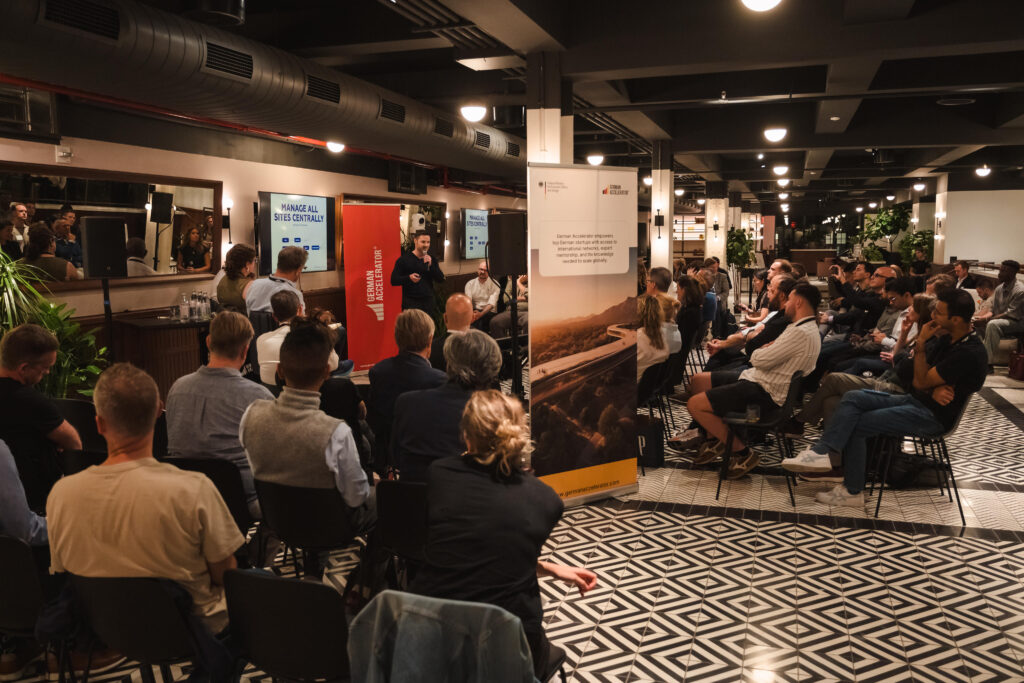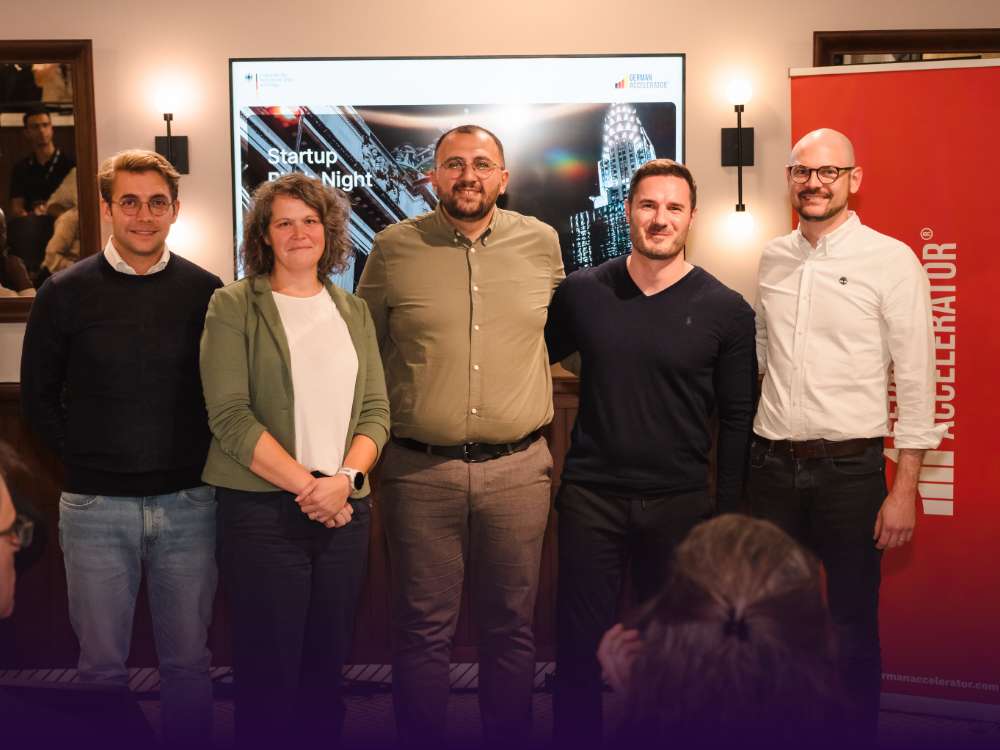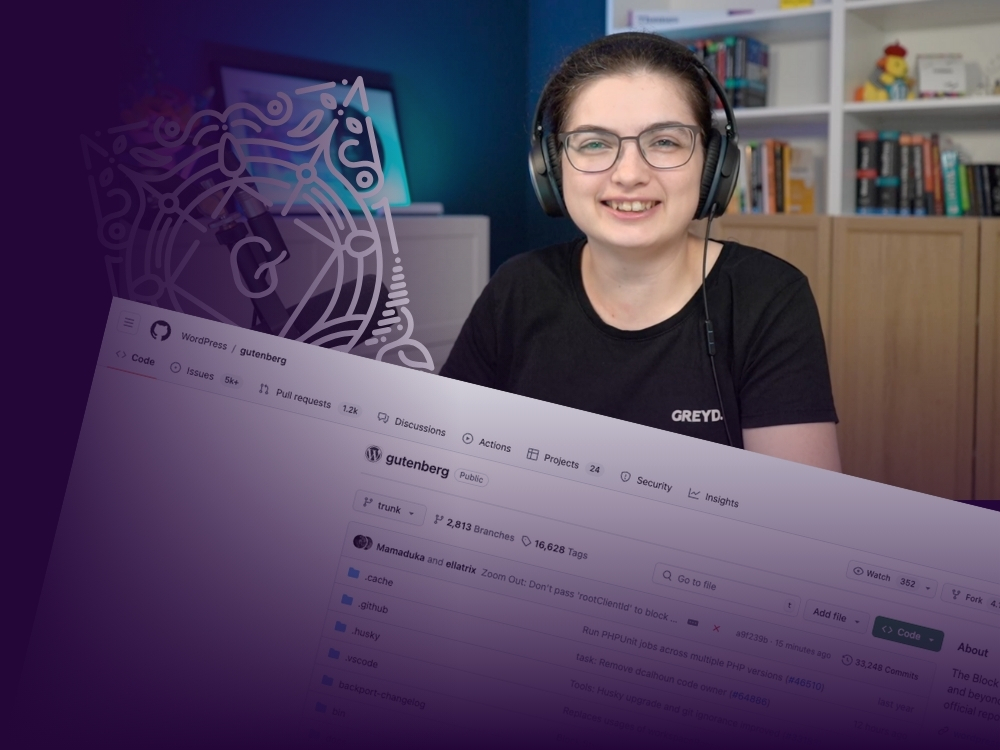When we landed from New York, that flight didn’t just bring us home, it marked the end of phase one of the German Accelerator U.S. Market Access program, months of intense work that began in Palo Alto and culminated in our pitch on the East Coast.
Where We Started
When we joined the program in June, we were at a clear point of transition. Greyd had proven product–market fit. Agencies and enterprises are using Greyd.Suite successfully. But we also knew something was missing: a structured way to take this to market at scale.
To be brutally honest, without a proper go-to-market strategy, we wouldn’t have been able to grow further. We had a strong product, but no systematic way to sell it.
What Palo Alto Gave Us
Landing in Palo Alto, the pace was set immediately. The mentors didn’t let us stay on the surface. They dissected our sales pitch, challenged the way we ran demos, and questioned how we spoke to different audiences, designers, developers, marketers, decision-makers.
Those weeks were intense. There were many late evenings spent in mentoring sessions, followed by long nights of “homework” to rework materials. It stretched us as an organization, but it also forced us to build the foundation we had been missing.
For the first time, we weren’t just adjusting things for the U.S. market – we were raising our entire approach to a professional level.
Putting It to the Test in New York
The real test came in New York. Standing in front of the jury, potential U.S. clients and partners, presenting Greyd with our reworked pitch, was the culmination of everything we had learned.

The response told us the work had paid off. Our positioning resonated, the conversations were constructive, and we walked away with validation that our strengths align with real market demand. Beyond that, we’ve already closed our first major U.S. projects, clear evidence that the strategy works outside of theory.
The Reality of the Program
It would be easy to only share the highlights, but honesty matters here. The program was tough. It demanded time, focus, and commitment. It took energy from the organization because every session came with new questions and new tasks.
But that’s exactly why it worked. The effort forced us to confront weaknesses we might have otherwise postponed. The result is clarity and momentum that we simply didn’t have before.
We want to thank German Accelerator team members Mel Wong, Cecille Almeda, Jenni Li, Willow Sprague and Christian Joerg for their hard work and dedication. We wish to express special thanks to our mentors Geoff Baum and Peter Ebert. Especially Geoff’s guidance was direct, sometimes uncomfortable, but always constructive. It was exactly what we needed.
What’s Next
Now we are looking at a potential phase two, where the focus would be even more on sales execution in the U.S. This is the stage where we put strategy into practice, apply it at speed, and prove traction at scale.
A Note to Other Founders
If you’re considering German Accelerator, go in with the right expectations. It’s not a badge, it’s not something you do for the sake of prestige. It’s work. It’s long evenings, hard questions, and a willingness to rethink how you run your business. If you’re ready for that, the program can be transformative.
Phase one has been just that for us. And we are excited about the new friendships we formed with fellow participating entrepreneurs, including Christian Nothacker from Prestatech, Musa Smakaj and Mudi Khawaja from ZILONIS Energy Solutions, and Verónica García Arteaga from Neggst.
Learn more about Greyd.Suite!




